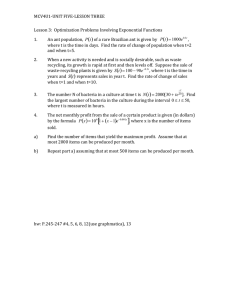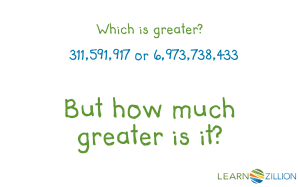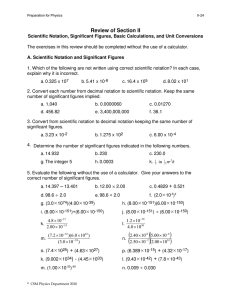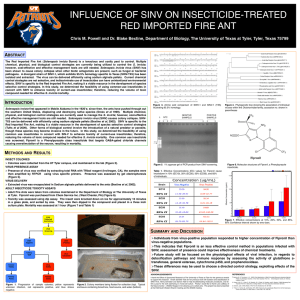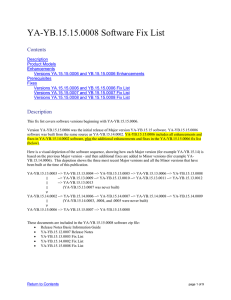Document
advertisement
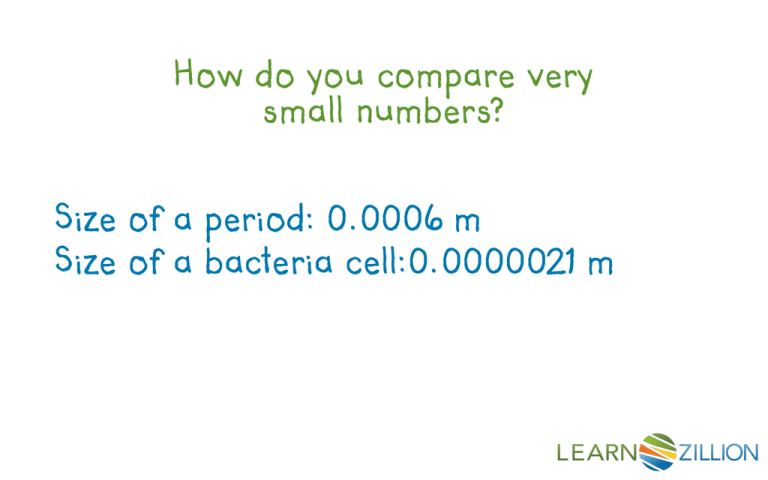
How do you compare very small numbers? Size of a period: 0.0006 m Size of a bacteria cell:0.0000021 m In this lesson you will learn how to make rough comparisons of very small numbers by using scientific notation. Let’sReview Review Let’s Writing a small number in scientific notation. 0.00000032 Answer: 3.2 × 10 −7 A Common Let’s Review Mistake Which is larger? −5 0.00002 −6 0.000008 2 × 10 8 × 10 Core Lesson Let’s Review What’s the missing exponent? 3 ?5 8 10 × 10 = 10 −8 ?2 −6 10 × 10 = 10 Core Lesson Let’s Review Size of a period: 0.0006 m Size of a bacteria cell:0.0000021 m About how many times greater is the period? −4 Period: 6 × 10 3 times 100 −6 Answer: about 300 Bacteria: 2 × 10 times greater In this lesson you have learned how to make rough comparisons of very small numbers by using scientific notation. Guided Practice Let’s Review A certain white blood cell is about 0.0000021 m long. A certain red blood cell is about 0.00006 m long. About how much larger is the red blood cell? Extension Let’s Review Activities Research computing speeds of computers from two different decades. How long did it take the older computer to perform an addition? The newer computer? How much faster is the newer one? Extension Let’s Review Activities Research and compare masses of various elements from the periodic table. Quick Quiz Let’s Review A cell membrane is about 0.000005 mm thick. A certain virus is about 0.00009 mm across. How much larger is the virus compared to the thickness of the cell membrane? A human hair is about 0.00012 meters wide. A red ant is about 0.005 meters long. About how much larger is the ant’s length than the hair’s width?
